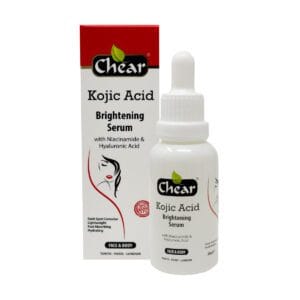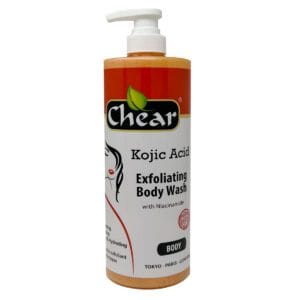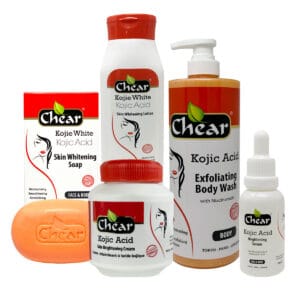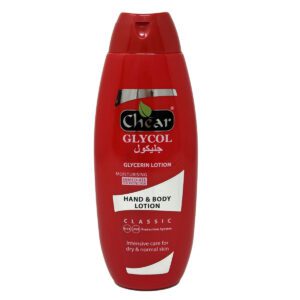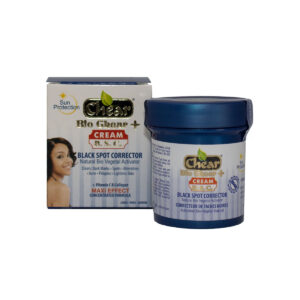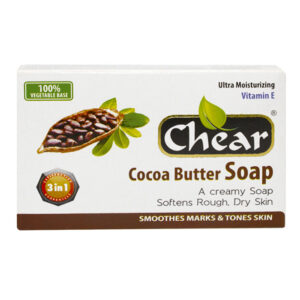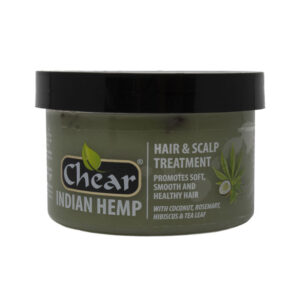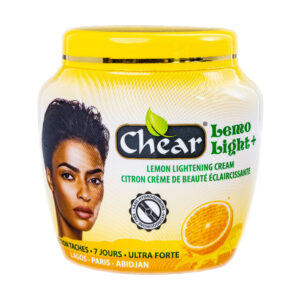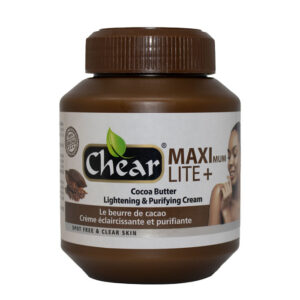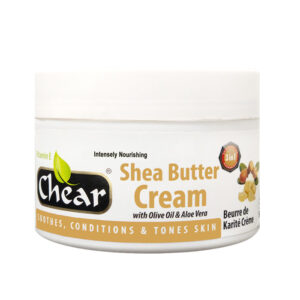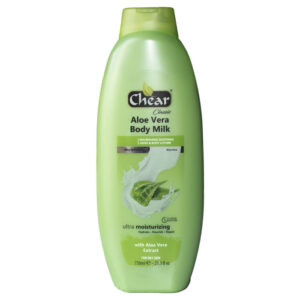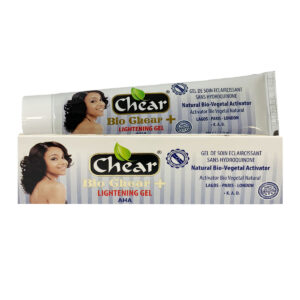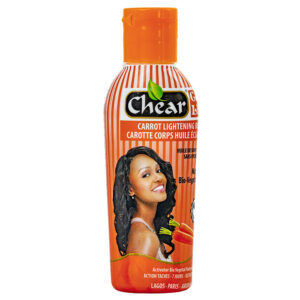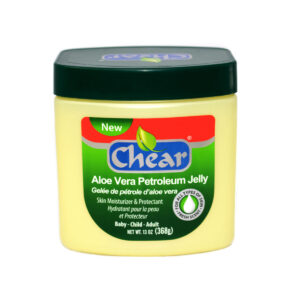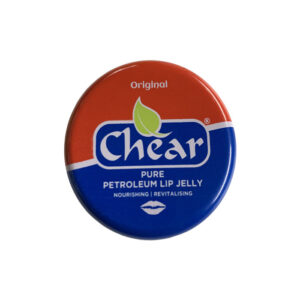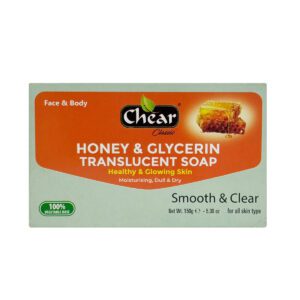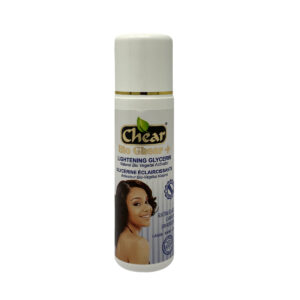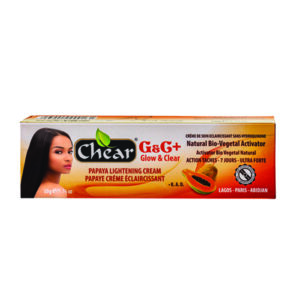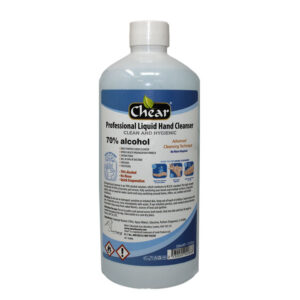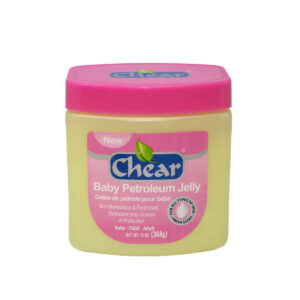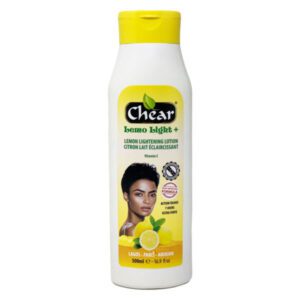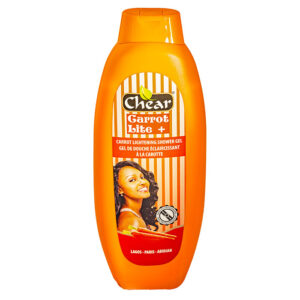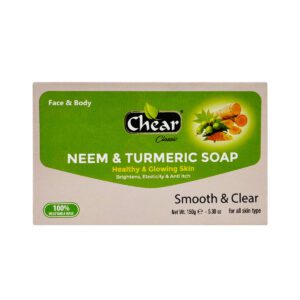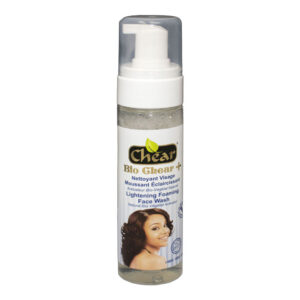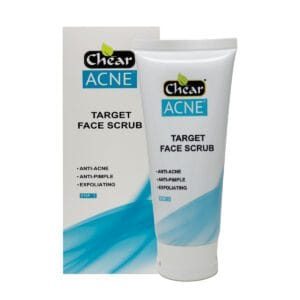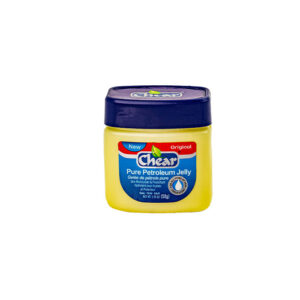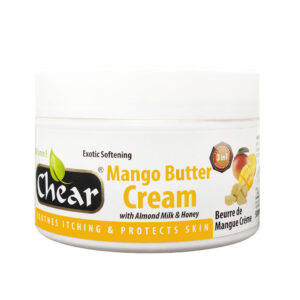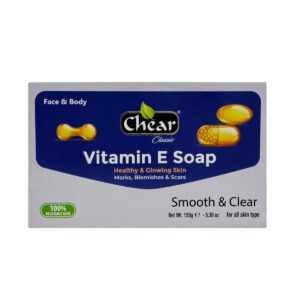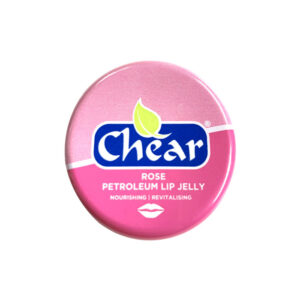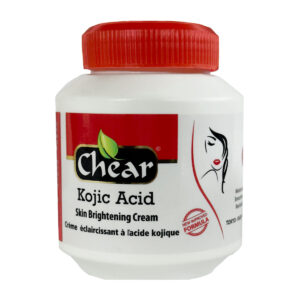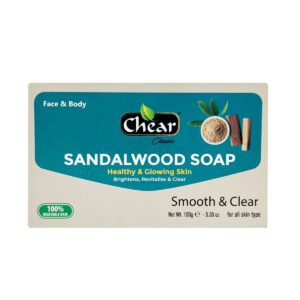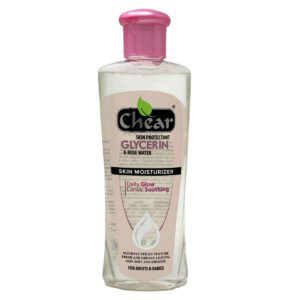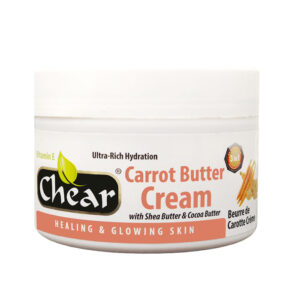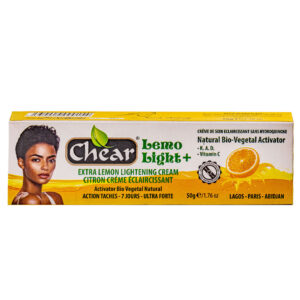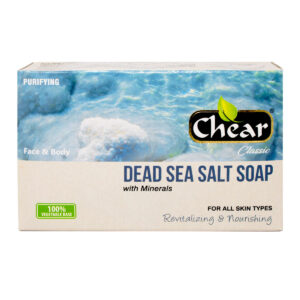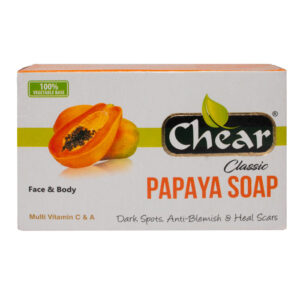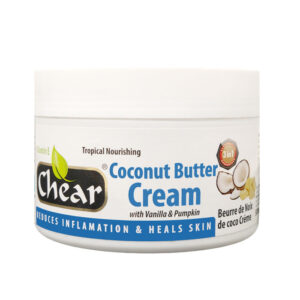- Home
- Beauty Tips
- Hydroquinone Ban UK: Safe Skin Lightening Alternatives
Hydroquinone Ban UK: Safe Skin Lightening Alternatives
Explore why hydroquinone is banned in over-the-counter cosmetics in the UK, uncover its risks, and discover effective skin lightening alternatives like niacinamide, kojic acid, and liquorice extract. Learn how the Chear Kojic Acid range harnesses these ingredients for brighter, even-toned skin.
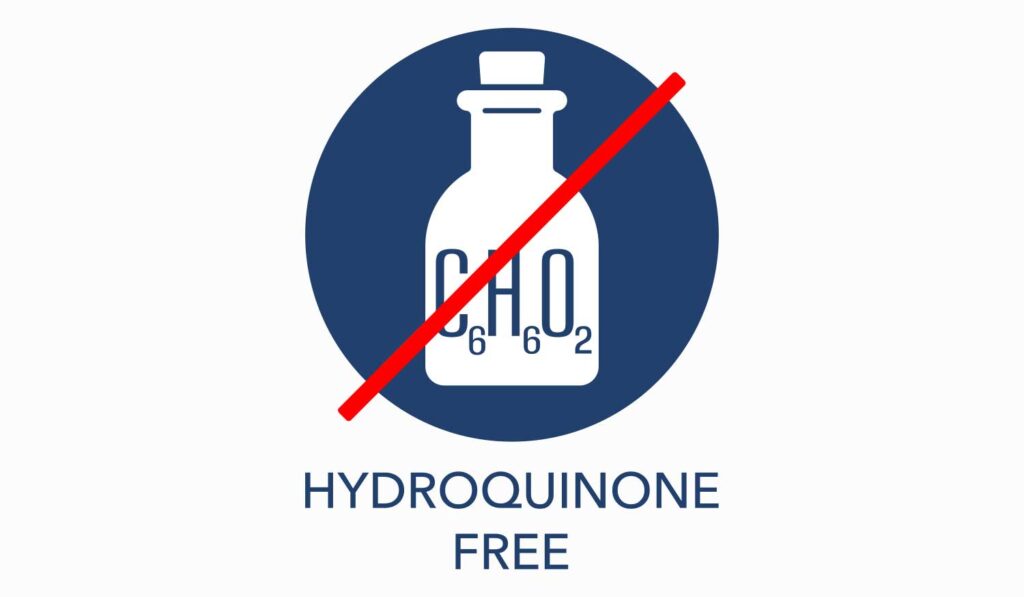
In today’s skincare landscape, achieving a brighter, more even skin tone is a common goal for many. However, safety concerns have led to significant regulatory changes, particularly in the UK. Hydroquinone, once a popular ingredient in skin-lightening products, is now banned in over-the-counter cosmetics due to potential health risks. This shift has paved the way for safer alternatives, such as niacinamide, kojic acid, and liquorice extract, which offer effective results without the associated dangers.
In this research-backed blog, we’ll delve into the reasons behind the hydroquinone ban in the UK, examine its risks based on scientific evidence, and highlight proven alternatives. Additionally, we’ll spotlight the Chear Kojic Acid range, which incorporates these ingredients to help lighten skin tone, even out complexion, and fade hyperpigmentation and marks. Drawing from medical journals, science journals, NHS guidelines, the Cosmetic Ingredient Review (CIR), EWG’s Skin Deep database, and cosmeticsinfo.org, this post provides a comprehensive, evidence-based overview to guide your skincare choices.
Why is Hydroquinone Banned in the UK?
Hydroquinone has long been used in cosmetics for its potent ability to reduce melanin production, thereby lightening dark spots and hyperpigmentation. However, in the UK and the broader European Union, it is prohibited in over-the-counter (OTC) cosmetic products under Regulation (EC) No 1223/2009. This ban stems from mounting evidence of its potential harm when used without medical supervision. Specifically, hydroquinone is listed in Annexe II of the regulation as a prohibited substance, with exceptions only for professional use in artificial nail systems at very low concentrations (up to 0.02%).
The decision to ban hydroquinone in OTC cosmetics was driven by reports of adverse effects, including skin irritation, sensitisation, and more severe issues, such as exogenous ochronosis—a condition causing bluish-black discolouration of the skin. Moreover, studies have linked it to potential carcinogenicity in animal models; however, human data remain limited. In the UK, enforcement is handled through the Cosmetic Products Enforcement Regulations 2013, which align with EU standards post-Brexit.
Authorities, such as the Office for Product Safety and Standards (OPSS), regularly issue alerts for illegal products containing hydroquinone, emphasising the risks associated with it.
Transitioning from this regulatory backdrop, it’s essential to understand why such measures were necessary. While hydroquinone can deliver quick results, the long-term implications often outweigh the benefits, prompting a search for safer options.
The Risks Associated with Hydroquinone
Scientific studies have highlighted several risks tied to hydroquinone use, particularly when applied topically over extended periods. One primary concern is exogenous ochronosis, which has been observed in users applying concentrations as low as 2% for months or years. This irreversible condition results from the accumulation of homogentisic acid in the skin, leading to pigmentation changes that are difficult to treat.
Additionally, hydroquinone is a known skin sensitiser, potentially causing allergic contact dermatitis, redness, and irritation. The FDA has documented cases of rashes, facial swelling, and permanent discolouration from hydroquinone-containing products. Animal studies further indicate nephrotoxic effects and neurobehavioral changes at higher doses, though these are less relevant to topical use.
Moreover, there’s evidence of organ-system toxicity and potential links to cancer. Research from the Safe Cosmetics Campaign notes hydroquinone’s association with increased cancer risk and hormone disruption. In high-dose oral studies on rats, it induced tumours, raising flags for long-term topical exposure. The Cosmetic Ingredient Review (CIR) has deemed it safe at up to 1% in specific formulations under supervision. Still, the consensus in the UK favours a complete OTC ban to protect consumers.
EWG’s Skin Deep database rates hydroquinone as a high-hazard ingredient due to these concerns, scoring it poorly for overall safety. Therefore, while effective, the risks make hydroquinone unsuitable for unsupervised use, encouraging the adoption of gentler alternatives.
Safe Alternatives to Hydroquinone for Skin Lightening
Fortunately, advancements in dermatological research have identified several natural and synthetic ingredients that rival hydroquinone’s efficacy without the severe side effects. Key among these are niacinamide, kojic acid, and liquorice extract—each backed by clinical evidence for reducing hyperpigmentation, lightening skin tone, and promoting an even complexion. These alternatives work by inhibiting melanin production, reducing inflammation, or exfoliating dead skin cells, offering a multi-faceted approach to skin brightening.
In the following sections, we’ll explore each ingredient in depth, supported by studies from medical and science journals. These options are widely available in UK-compliant products, ensuring safety and accessibility.
Niacinamide: A Gentle Brightener for Hyperpigmentation
Niacinamide, a form of vitamin B3, stands out as a versatile and well-tolerated alternative for skin lightening. Clinical trials demonstrate its ability to decrease hyperpigmentation by inhibiting melanosome transfer from melanocytes to keratinocytes. A double-masked, randomised study published in the International Journal of Dermatology found that 4% niacinamide significantly reduced melasma after eight weeks, with improvements in skin lightness and evenness.
Furthermore, niacinamide’s anti-inflammatory properties help soothe irritated skin, making it ideal for those with sensitive complexions. Research in the British Journal of Dermatology showed it reduced axillary hyperpigmentation and improved overall skin tone after four weeks. Unlike hydroquinone, it doesn’t cause irritation or sensitisation, earning a low-hazard rating from EWG’s Skin Deep.
In practical terms, niacinamide enhances the barrier function, reducing transepidermal water loss and promoting hydration—benefits confirmed in studies published in the Antioxidants journal. This makes it a cornerstone in products targeting age spots, sun damage, and post-inflammatory hyperpigmentation.
Kojic Acid: Nature’s Tyrosinase Inhibitor for Fading Dark Spots
Derived from fungi like Aspergillus oryzae, kojic acid is renowned for its tyrosinase-inhibiting properties, which block melanin synthesis at the source. A study published in the Journal of Clinical Medicine utilised hyperspectral imaging to demonstrate that kojic acid enhanced skin brightness and reduced discolouration in hyperpigmented areas.
Clinical evidence supports its use for treating melasma, freckles, and age spots. One review in the Cosmetics journal highlighted kojic acid’s effectiveness in fading post-inflammatory hyperpigmentation, with results comparable to hydroquinone but fewer side effects. Concentrations of 1-2% are typically considered safe, according to CIR assessments, and they often synergise with other ingredients to achieve enhanced results.
However, mild irritation can occur in sensitive skin, so patch testing is recommended. Overall, kojic acid’s antioxidant effects also protect against UV damage, contributing to long-term skin evenness.
Liquorice Extract: Soothing and Effective for Even Skin Tone
Liquorice extract, particularly its active compound glabridin, offers potent skin lightening benefits by inhibiting tyrosinase and reducing inflammation. In vitro studies demonstrate that glabridin exhibits a whitening effect 16 times that of hydroquinone, rendering it a superior alternative for hyperpigmentation.
A clinical trial published in the Journal of Ethnopharmacology demonstrated that 80% liquorice extract significantly lightened skin and faded dark spots. Its anti-inflammatory properties, noted in MDPI’s Cosmetics journal, help calm redness associated with acne scars or sun exposure.
Rated low-hazard by EWG, liquorice extract is gentle and suitable for all skin types, often used in concentrations of 0.5-2% for optimal results. This ingredient not only lightens but also soothes, providing a holistic approach to skin care.
Spotlight on the Chear Kojic Acid Range: Harnessing Powerful Ingredients
When it comes to products that embody safe hydroquinone alternatives in the UK, the Chear Kojic Acid range stands out. Available at chearbeauty.com, this line focuses on kojic acid as the star ingredient, often combined with niacinamide for amplified benefits. While liquorice extract isn’t explicitly listed in all products, the range’s formulations align with research on synergistic lightning agents.
For instance, the Chear Kojic Acid Skin Brightening Serum for Face & Body (30ml) contains kojic acid and niacinamide, designed to target hyperpigmentation and promote an even tone. Users report faded dark spots after consistent use, thanks to kojic acid’s melanin-inhibiting properties and niacinamide’s barrier-protecting action.
Kojic Acid Exfoliating Cleansing Body Wash For Brightening Skin 1000ml
Kojic Acid Face & Body Skin lightening kit (5 Items)
What sets Chear apart is its commitment to safety; these products avoid banned substances like hydroquinone, aligning with UK regulations. By integrating niacinamide and kojic acid, they offer a gentle yet effective solution that is superior to harsher alternatives in terms of tolerability and results.
How These Ingredients Help Lighten Skin Tone, Even Skin, and Fade Hyperpigmentation
The magic lies in synergy. Niacinamide reduces melanin transfer, kojic acid blocks tyrosinase, and liquorice extract soothes while inhibiting pigmentation. Together, they lighten skin by 20-50% in studies, even out tone and fade marks over 4-8 weeks.
In the Chear range, this combination (focusing on kojic and niacinamide) promotes cellular turnover, reducing hyperpigmentation from acne, sun, or ageing. Regular use leads to brighter, more uniform skin, as evidenced by user testimonials and clinical data.
Conclusion
The hydroquinone ban in the UK reflects a commitment to consumer safety, steering us toward innovative alternatives like niacinamide, kojic acid, and liquorice extract. These ingredients not only match hydroquinone’s efficacy but also surpass it in terms of safety and versatility. The Chear Kojic Acid range exemplifies this, offering products that lighten, even out, and rejuvenate the skin without compromise.
Always consult a dermatologist for personalised advice, and remember, consistent sun protection amplifies results. For brighter skin ahead, embrace these science-backed options.
References
- https://www.gov.uk/product-safety-alerts-reports-recalls
- https://www.nhs.uk/conditions/skin-lightening/ (Note: While NHS provides general advice, specific hydroquinone info is limited; refer for overall skin health)
- https://www.legislation.gov.uk/eur/2009/1223
- https://www.bbc.co.uk/news/health
- https://www.southwark.gov.uk/business-and-licences/trading-standards
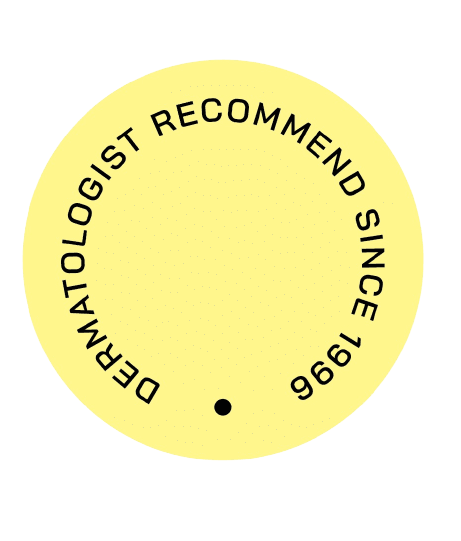
Chear Beauty @ Sonik Products Ltd | Company No: 3184821
Chear Beauty @ Sonik Products Ltd, Block C, Woodside End, Wembley Alperton, Middlesex HA0 1UR
